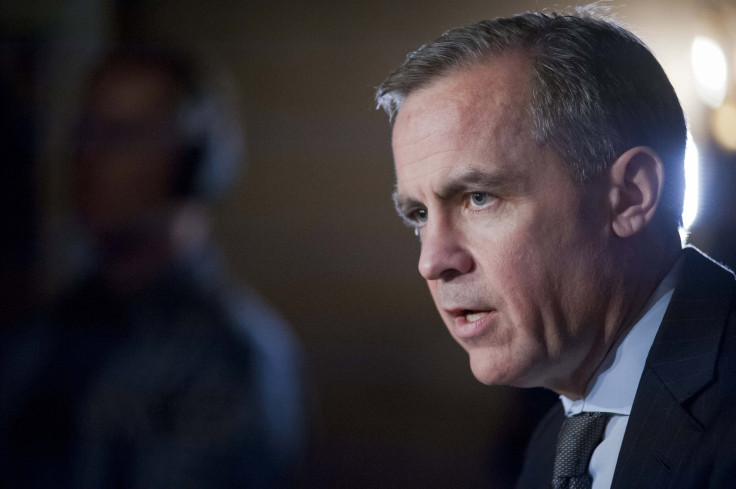Bank Of England Governor Mark Carney Suggests Bank Rate Hike Down The Road While Noting That Such Hikes Would Be Limited And Gradual

At the quarterly update to its economic forecasts, the Bank of England on Wednesday noted that the nation’s economic recovery had gained momentum and that inflation had returned to its 2 percent target.
The UK economy grew by 1.9 percent in 2013, its strongest annual growth rate in six years, resulting in jobs growth, higher consumer spending and a revival in the housing market, the report noted, adding that the unemployment rate fell faster than expected to 7.1 percent and that it could reach the 7 percent threshold by the spring. It also forecast that inflation would likely remain close to its target over the forecast period.
“The first phase of guidance gave businesses confidence that Bank Rate would not be raised at least until jobs, incomes and spending were growing at sustainable rates. As guidance evolves, that remains the case,” Governor Mark Carney said in his opening remarks.
The Monetary Policy Committee, or MPC, had said it would only raise the Bank Rate after the unemployment threshold of 7 percent was met. And, on Wednesday, Carney laid out guidance about the route the MPC would take to ensure that threshold was reached.
“The MPC is for the first time today providing guidance that it is seeking to absorb all the spare capacity in the economy over the next two to three years,” he said adding that “if and when the time comes that the economy can sustain higher interest rates, Bank Rate is expected to rise only gradually.”
The BoE’s statement also noted that the MPC would maintain its stock of purchased assets “at least until the first rise in Bank Rate” and reiterated that the Bank Rate would only be raised once the excess capacity in the country’s labor market was absorbed.
“Bank Rate may need to stay at low levels for some time to come,” Carney said, adding: “The MPC will not take risks with the recovery.”
© Copyright IBTimes 2024. All rights reserved.












